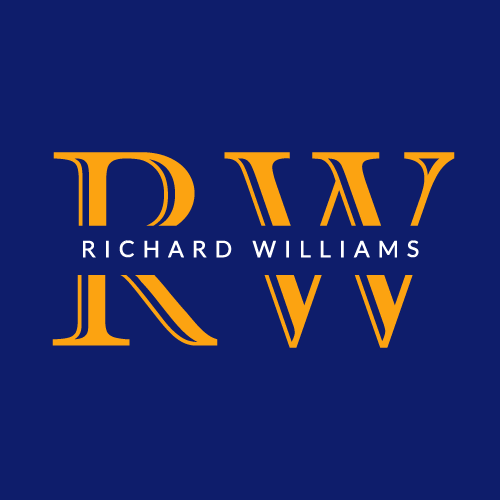Microbes and Markets
The oldest life forms on earth apparently have evolved to be market-oriented. Microbes, our elderly neighbors and bodily inhabitants, have left clues that they are around 3.7 billion years old. And their society, particularly as evidenced by what goes on in our own guts, appears to have all of the mechanisms of a competitive and cooperative market society.
In the best-selling book I Contain Multitudes, Ed Yong notes that “symbiosis is normally defined as the interactive harmony of different organisms in close proximity.” But he cites evolutionary biologist Toby Kiers saying that symbiosis is not harmony, but rather “reciprocal exploitation.” Microbes war with each other and with other life forms but they also are mutually beneficial. In doing so, microbes have learned to live with each other, with viruses and with us (our mammalian cells). We provide them a comfortable home and they in turn, “sculpt our organs, protect us from poisons and disease, break down our food, uphold our health, calibrate our immune system, guide our behavior, and bombard our genomes with their genes.”
Reciprocal exploitation sounds a lot like markets where exchange only takes place if each side expects to gain more than they put into it. I will only buy your product if it costs less than the maximum amount I would be willing to pay. You will only sell your product if you can get more than what you spent to make it. As Adam Smith said, “It is not from the benevolence of the butcher, the brewer, or the baker that we expect our dinner, but from their regard to their own interest.” Where it is called reciprocal exploitation in microbes, it is a positive sum game in human markets with both parties winning.
Yong goes on, “from single-celled to multi-celled, from individual to symbiotic collectives – (each) has had to solve the same problem: how can the selfish interests of individuals be overcome to form cooperative groups?” Both humans and microbes have done just that.
Yong also suggests that both controls that we and our microbes establish are like agriculture, where we put up fences to mark boundaries, fertilize plants, poison weeds and water – all in just the right measures. He calls this setting the “terms and conditions” for our partnership. That sounds a lot like private property rights, a prerequisite for a free functioning market system.
We’re a lot younger than microbes at about 300,000 years old, but our market system dates back only to the late 19th century. Did they help us in some way to set up this system? Either way, the results have been spectacular for us.
—
If you'd like to continue the conversation and read more posts like this on risk and regulation, I invite you to subscribe and follow me.

